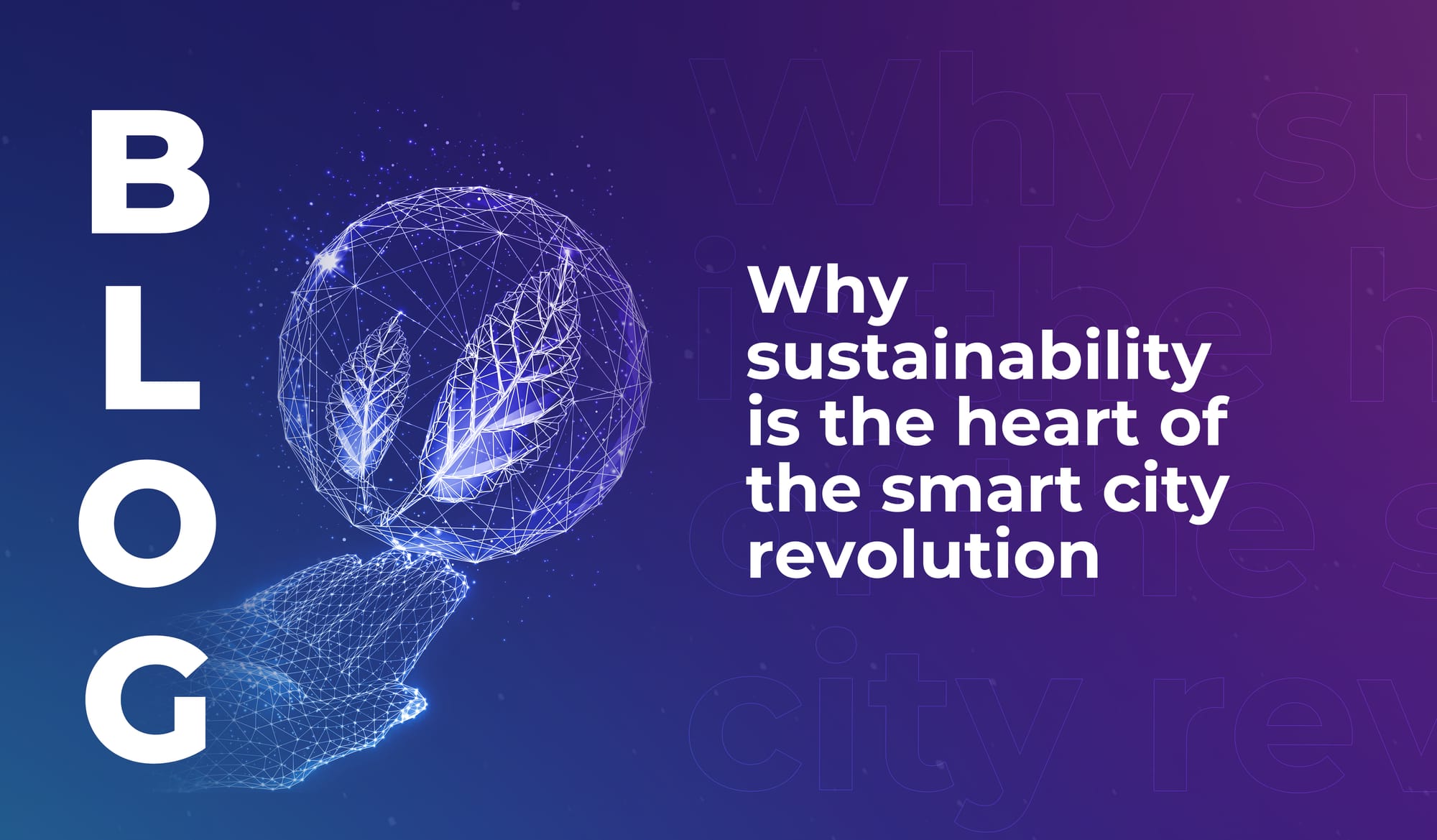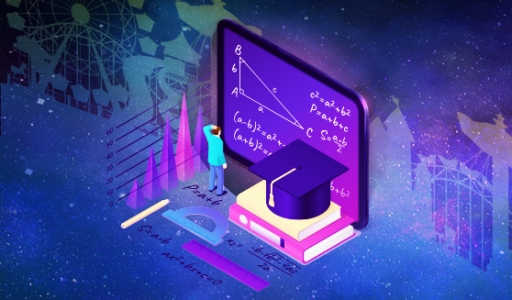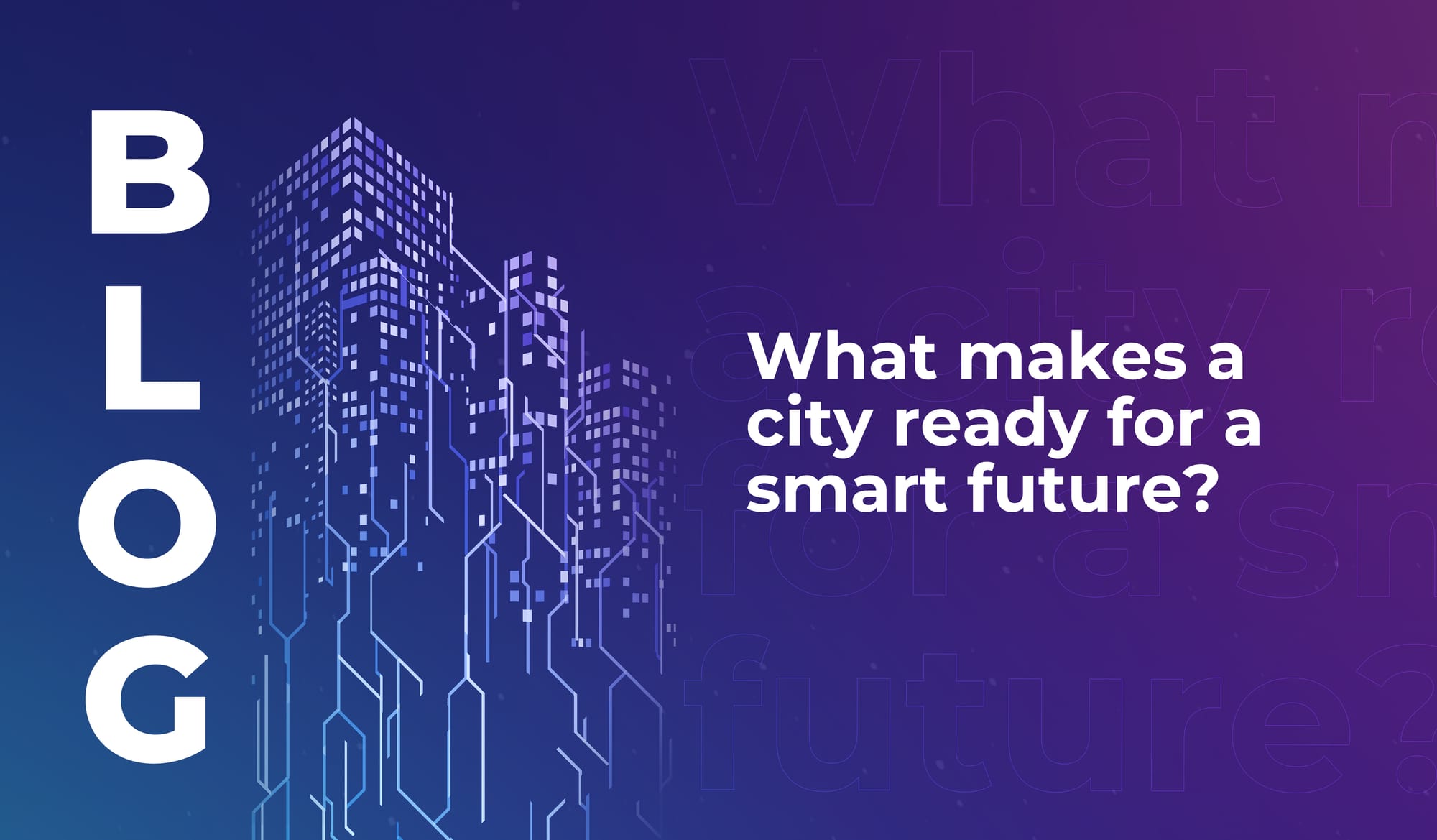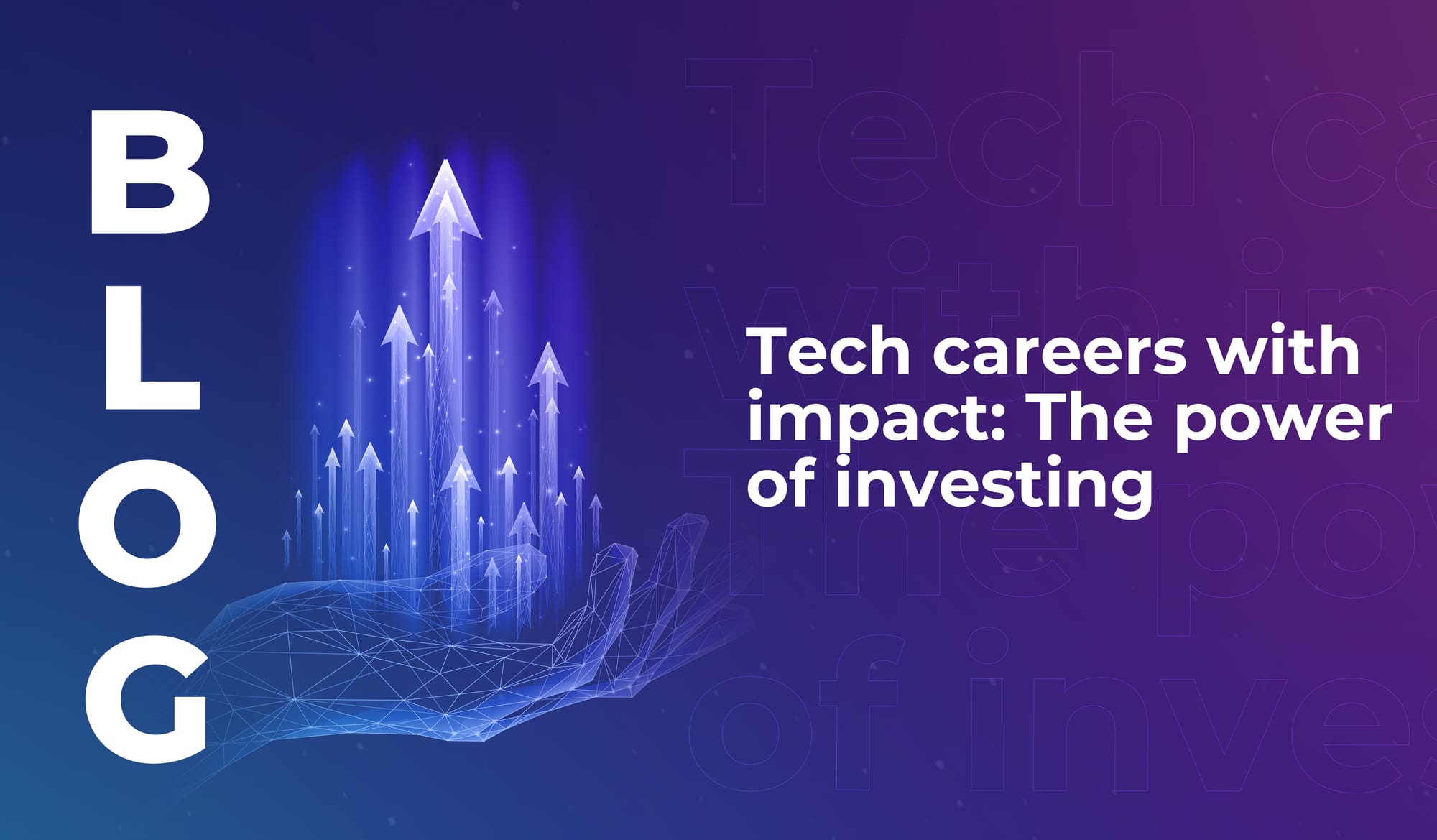
Why sustainability is the heart of the smart city revolution
The smart cities of the future will use tech to lower emissions, cut urban temperatures, and improve quality of life in highly populated areas.


Education has always been a teacher-centric model. Teachers lectured students on key topics and students listened, learned, and were tested on how well they retained knowledge. COVID-19 changed this model. Suddenly, schools were in lockdown mode and students were sequestered at home learning their lessons via technology—smart phones, laptops, video conferences, chat bots, and zoom calls. It wasn’t long before the sequestered student became a model for what education could be. Parents, teachers, students, principals, school boards, and others are abandoning the old teacher-centric template to focus on technology and its role in teaching students. Education has become a virtual roller coaster ride with miles and miles of twists and turns.
Personalized Learning
The pandemic transformed education. More students today study remotely, and many are in self-paced learning sessions as they progress according to their own abilities. People think the era of personalized learning is here and students are empowered. “I don’t think we will ever return to pre-Covid face-to-face learning,” says Saif Mashat, Managing Director of VMware. It’s more likely that we will see a hybrid model of remote and in-person education.”
Remote learning opened up the playing field to individuals who want to continue their education. The smart young woman with a growing family who wants to continue her post-college education. She can do so thanks to technology. Or the retired NASA astronaut who wants to share his knowledge of the universe with students who dream of space travel. Yet, remote learning puts more responsibility on the IT industry and educational institutions to provide students with the right tools and technologies. The question is: Are today’s industries and educators ready?
Retrain, Reskill, Upskill
There is a growing skills gap between what is taught at universities and what job markets need. Skill gaps will continue if curriculums do not change to meet market needs. And, while it takes anywhere from two to six years to change a curriculum, jobs will not stand still—they will change quickly and trend in different directions.
Leila Hoteit, global lead of Boston Consulting Group’s education, employment, and welfare sector, contends the future of work is increasingly about the digital economy and technology. “The question is, what responsibility do institutions of higher education have in helping today’s youth build the necessary skills? The short answer,” explains Leila, “is that employees must retrain, reskill, and upskill every two years.”
While new skills are always needed to adapt to the future, important questions must also be asked and answered. “How do traditional higher education institutions support adult learning in a cost-efficient way?” asks Ziad Matar, founding partner of Meditari and co-founder and CEO of Coconut. “What is the role of technology? And what, if anything, could students lose on the journey to higher education?”
A learning revolution is needed, one that teaches students to be resilient, to solve problems, and to overcome challenges. “The liberal arts model that combines the arts, sciences, and social sciences, becomes really important,” explains Phil Bayt, Chief Knowledge Officer, Times Higher Education “We want scientists and people who are fantastic with numbers and data. But we also want the human factor, people who are well versed in interpretation and analysis.”
A Job, Please?
In the past, people thought the better the university, the better the job. But do students really need to study for four years to learn to code when Google can train them in nine months?
Companies today are coaxing new high-school graduates away from the typical college experience and into private industry. Amazon and Google continue to tote their in-house training and development programs for technology-wise high-school graduates. Cisco Systems offers cost-free summer internships to high school students who plan to work for Cisco. “We will see a rise in technical colleges around the world, with a fast turnover of graduates,” explains Dr. Taghreed Al-Saraj in an Arab News op-ed. “Two-year courses rather than four-year degrees, with less debt and more practical skills entering the workforce. Technical colleges could finally take the lead in higher education.”[1]
Potential.com is a good example. The company is prominent in the online education space as it turns each learning program into a journey that leads to an ultimate goal. “Students are given a challenge to solve, a competition to win, or an award to be recognized,” Ziad Matar explains. “For example, our students worked with Airbus to create an aerospace ecosystem, with Cartier to launch women entrepreneurship programs, and with HSBC to help school children solve environmental, social, and governance (ESG) challenges.”
The private sector has a responsibility to engage with younger generations and universities. Ideally, educational materials regarding innovative technologies will be integrated within university curriculums so younger generations are ready for the marketplace. Take VMware. The company launched in Saudi Arabia in 2017 in partnership with two universities—Prince Sultan and Princess Nourah—to build its Education to Employment (E2E) program. The focus, according to Saif Mashat was to integrate educational materials on new technologies within university curriculums. “Our mission,” explains Mashat, “is to educate the younger generation and upcoming generations and professionals on the kinds of technologies that will be in the marketplace.” Today, our students undergo an intense nine-month certification process on select technologies as well as learning the softer skills, such as project management. “We graduate 50 to 80 students per year and all of our students are hired before they finish the program,” adds Mashat.
It’s a Balancing Act
Today, we have more data on universities than ever before. If schools are not delivering for their students, not responding appropriately to digital transformations, their reputations may be affected. For example, in Britain, a government-backed program penalizes universities that provide degrees but not jobs. Schools that take on too many undergraduates and have low job rates, the government financially punishes them. “It’s all about the blended experience. Keep the best of face-to-face, of a confined environment to challenge and question,” says Phil Bayt. “But also recognize the necessary links to the jobs market. Some will get it right and some will get it wrong. It’s a balancing act.”
[1] Is studying at a university essential these days? Arab News, 16 September 2019

The smart cities of the future will use tech to lower emissions, cut urban temperatures, and improve quality of life in highly populated areas.

Discover the cities that rank highly for smart city preparedness, and learn why locally relevant innovation is more important than cutting-edge tech.

If you’ve ever thought about becoming a tech investor, read this – learn why investors are the quiet force shaping the future of the industry.

The smart cities of the future will use tech to lower emissions, cut urban temperatures, and improve quality of life in highly populated areas.

Discover the cities that rank highly for smart city preparedness, and learn why locally relevant innovation is more important than cutting-edge tech.

If you’ve ever thought about becoming a tech investor, read this – learn why investors are the quiet force shaping the future of the industry.